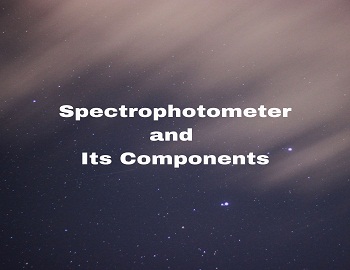Table of Contents
Nature of Radioactive Rays:
The phenomenon of radioactivity arises due to the decay of the unstable nucleon of certain elements. The nature of the radiations emitted by a radioactive substance was investigated by Rutherford in 1904 by applying electric and magnetic fields to the radiations. He placed a sample of a radioactive substance (uranium) in a cavity in a block of lead. The lead block absorbed all other radiations except those which pass through the slit and constituted the beam. These radiations coming from the narrow slit were allowed to pass through electric and magnetic fields. The deflections of the rays were reduced on a photographic plate. The radiations were found to split into three types of rays. These were-
- The rays which were deflected towards the negative electrode indicated that they carry a positive charge. These rays were called Alpha (α) rays.
- The rays which were deflected towards the positive electrode were found to be negatively charged particles. These rays were called Beta (β) rays.
- The rays which were not deflected at all and are therefore neutral are called Gamma (γ) rays.
The Properties of these rays are discussed below-
Alpha Rays:
These rays are positively charged particles which are 4 times as heavy as hydrogen and they carry two units of a positive charge. The alpha particles may be considered a Helium Nuclei which consists of two electrons and having an atomic mass equal to four. The main characteristic properties of α-rays are as follows-
- The velocity of α-particles is about 1/10th of the velocity of light.
- These rays eject the electrons from the molecules of the gas through which they pass, i.e. they ionize the gas through which they pass.
- Being relatively large in size, they cannot easily penetrate through the solid matter. They can penetrate only through the thin layer of solids such as mica, aluminium etc.
- α-rays affect a photographic plate and reduce luminescence.
Beta Rays:
These rays consist of negatively charged particles having the same e/m value as that of cathode rays. The main characteristic properties of β-rays are as follows-
- These rays are negatively charged particles having mass and charge equal to that of an electron.
- Their velocity is about 10 times the velocity of α-rays or the same as that of light.
- The ionizing power of β-rays is about 1/100th of that of α-particles because of their smaller mass.
- The β-rays have more penetration power than α-rays. The penetration power is about 100 times more than that of α-rays.
- These rays affect the photographic plate but they produce less luminosity when allowed to fall on zinc sulfide.
Gamma Rays:
These rays are neutral particles and their main characteristics are as follows-
- γ-ray’s travel with high speed, almost equal to that of light.
- They are neutral particles and are not deflected by electric and magnetic fields.
- These are the most penetrating of three types of radiations. The penetration power of γ-rays is about 100 times more than that of β-rays and 1000 times more than that of α-rays.
- γ-rays have very little effect on the photographic plate or zinc sulfide screen.
Cause of Radioactivity:
The stability of the nucleus depends on the neutron to proton ratio (n/p). A nucleus whose n/p lies between 1-1.6 is said to be stable. The nucleus whose n/p is either greater than 1.6 or less than 1 is said to be unstable. These unstable nuclei emit α, β, γ-rays in order to attain stability. This process of disintegration continues till the n/p ratio falls in the stability zone (1-1.6).









Comments (No)